084 CD / Johannes Brahms. Piano Trios Vol. 1
Description
Twice Brahms worked on his first piano trio [op. 8]: in 1854, when he put it to paper [...] and 1889, when he worked on it again and thoroughly revised it. [...] Both versions have their merit and, more importantly still, their own specific musical charm. This applies particularly to the finely chiselled interpretations by the Abegg Trio [...]. (Fono Forum)
3 reviews for 084 CD / Johannes Brahms. Piano Trios Vol. 1
You must be logged in to post a review.


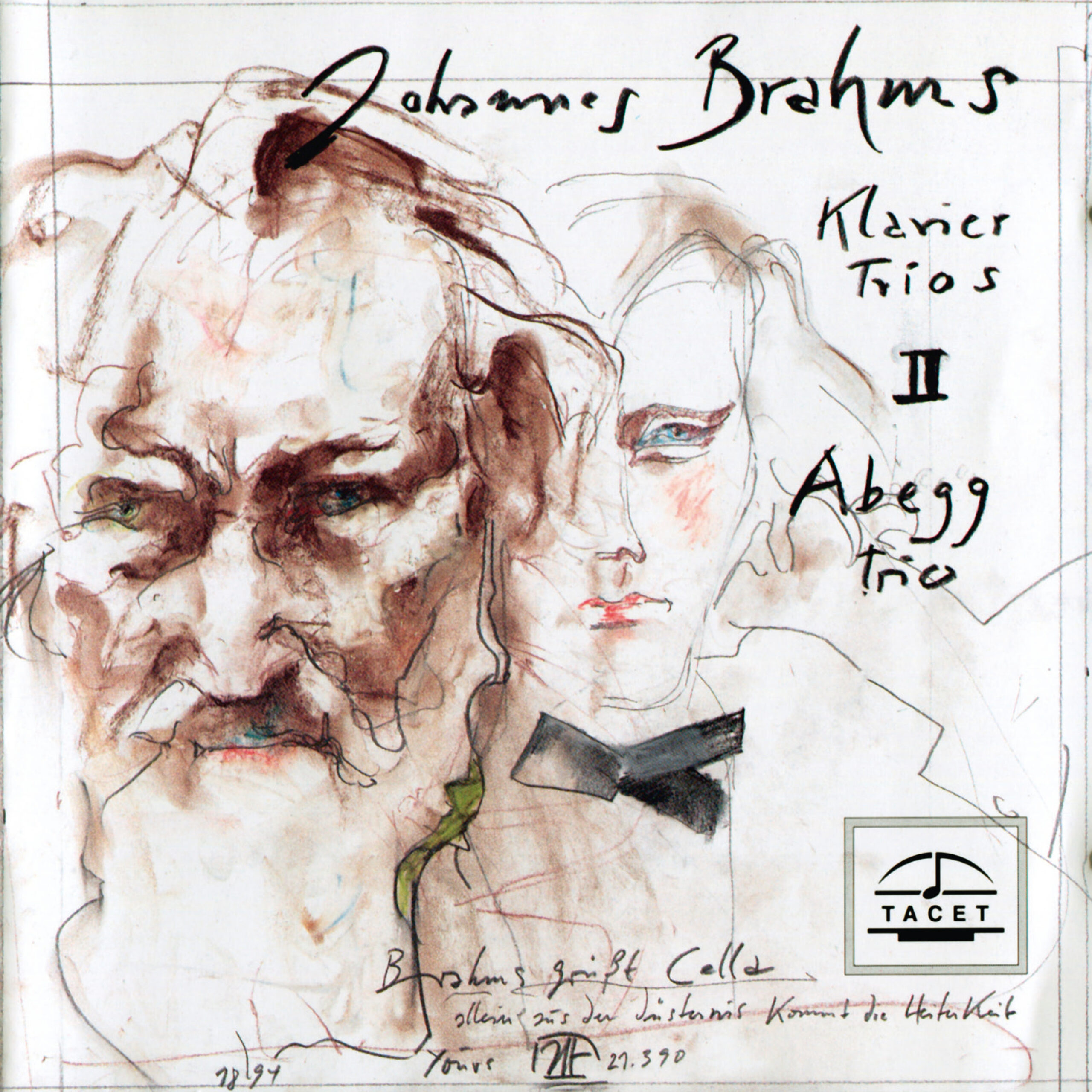
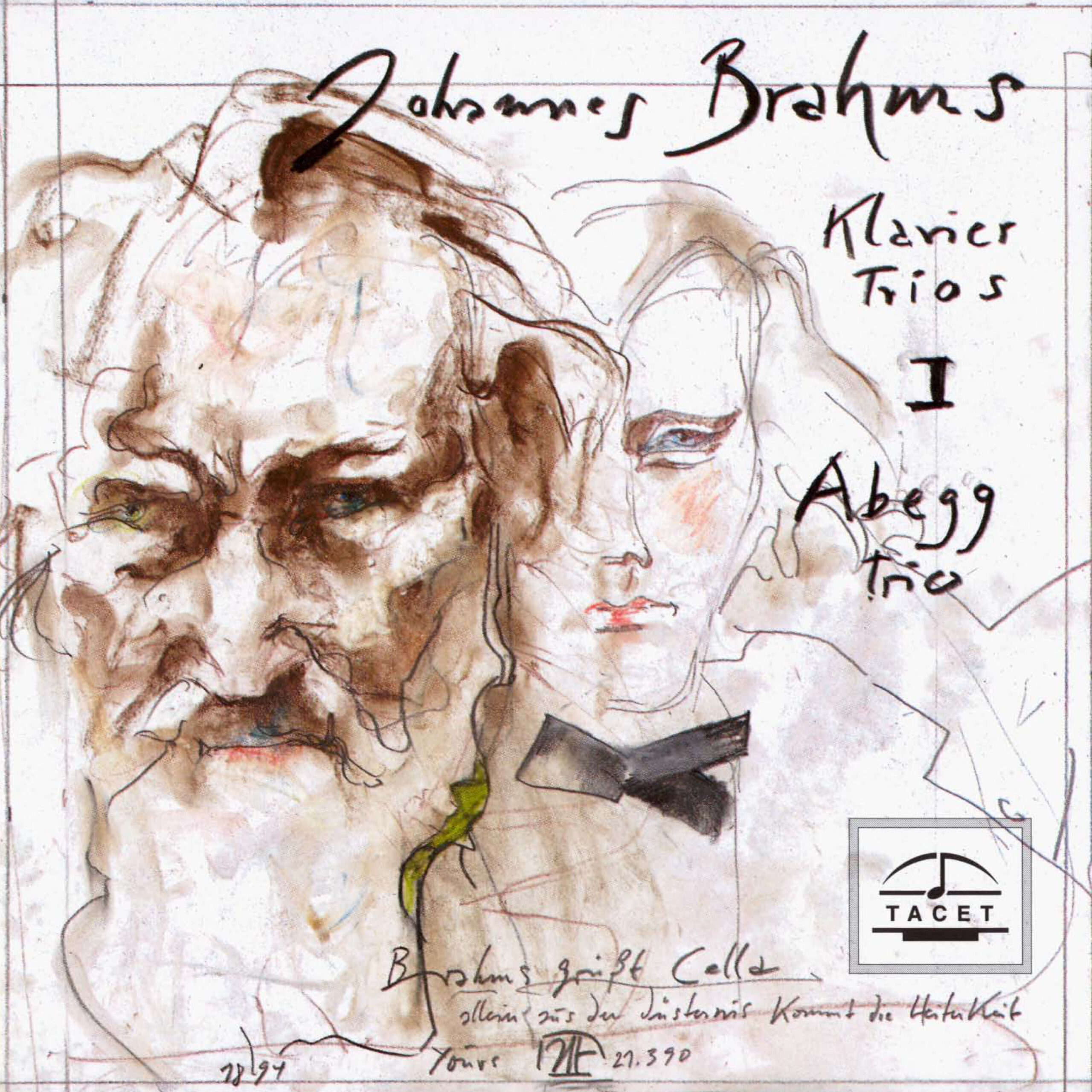
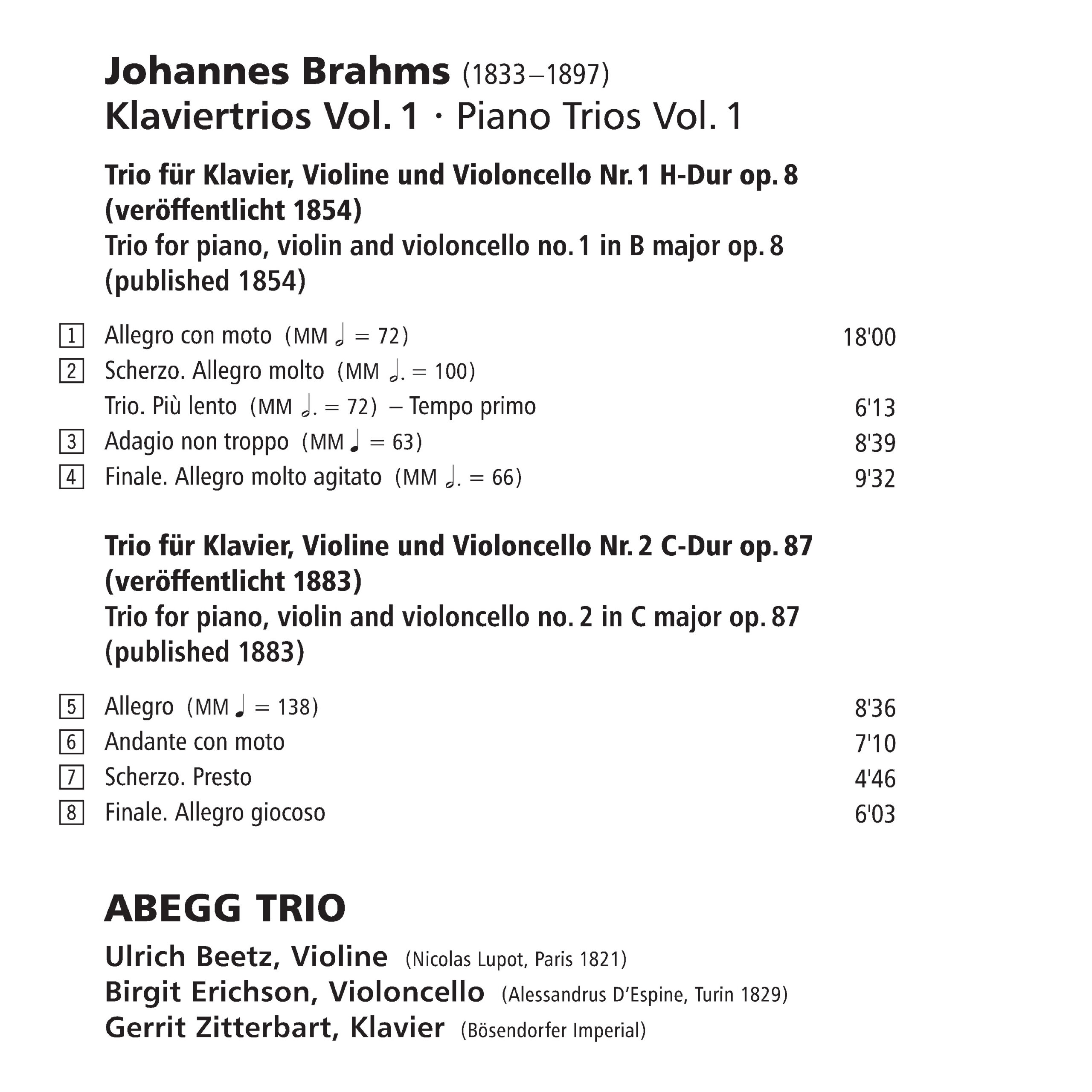

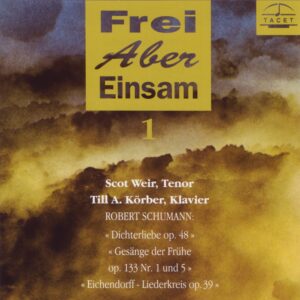


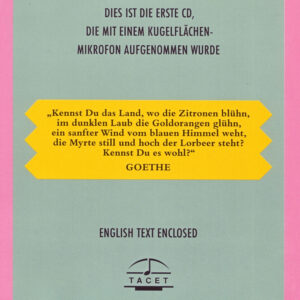


Fono Forum –
"Kreisler the Younger" vs. "Brahms the Elder"—this is how one might contrast the two CDs (TACET 84 / TACET 85), at least as far as Opus 8 is concerned. Brahms, after all, engaged with his First Piano Trio twice: in 1854, when he first committed it to paper (following his early piano and song compositions, Op. 1 to 7, this was his first chamber work), and again in 1889, when he fundamentally revised it (this revision, his final work on a chamber piece, was followed by the late piano works, Op. 116 to 119, and the Four Serious Songs). It is striking how Brahms’ various creative circles—piano music, chamber music, and songwriting—each close individually, or, as Brahms himself put it, how "the snake bites its own tail."
With the signature "Kreisler jun.", Brahms marked the first version of Op. 8, referencing the very Kreisler whom Schumann immortalized in his Kreisleriana. A tumultuous, overflowing musical flow that seems to sweep everything along—or, rather, one that the composer initially struggled to give form. Hence the need for revision, for taming the youthful exuberance of his early work. Both versions have their justification and, more importantly, their own unique musical charm—especially in the exquisitely refined interpretations of the Abegg Trio, which does not hastily conform to a traditional image of Brahms (Brahms with a beard, aged even in his youth), but fully embraces the "Kreislerian" urgency and impetuosity in its interpretation.
Special praise is due to Jan Reichow for the two highly interesting and well-formulated essays in the booklet.
Werner Pfister
Audio –
With volume II of the Brahms trios—presented, amusingly enough, before volume I—the Abeggs had already earned themselves a “Record of the Month” (AUDIO 4/1991). In Opus 8 (the first, impetuous version) and Opus 87, Gerrit Zitterbart (piano), Ulrich Beetz (violin), and Birgit Erichson (cello) make no concessions whatsoever. Sticking closely to the metronome indications, avoiding unnecessary portamento, playing with plenty of courage for harsh contrasts and with a finely balanced interplay of voices, the three perform chamber music at the highest level. The excellent recording technology keeps pace with them.
hc
Fanfare-Magazin –
With some other chamber-music discs reviewed in Fanfare 22:6, the German label Tacet drew some warm recommendation from my colleague James H. North for its recorded sound. A similar enthusiasm is certainly called for here: One of the first things that struck me about this pair of releases is the exemplary warmth, clarity, colour, and balance achieved ... by producers Andreas Spreer and Peter Laenger. Striking another way is the curious fact that these recordings have apparently had to wait roughly a decade to be issued. At least, having been taped in 1989 and 1990, they appear now labeled with a 1999 p date, and I can find no trace of any earlier release. What makes this incomprehensible is the outstanding quality of the performances. They could easily have earned an emphatic recommendation at any intervening time, and, even now, after the appearance of the Florestan Trio′s superb set on Hyperion..., they are good enough to complicate the matter of choice substantially...
Bernard Jacobson